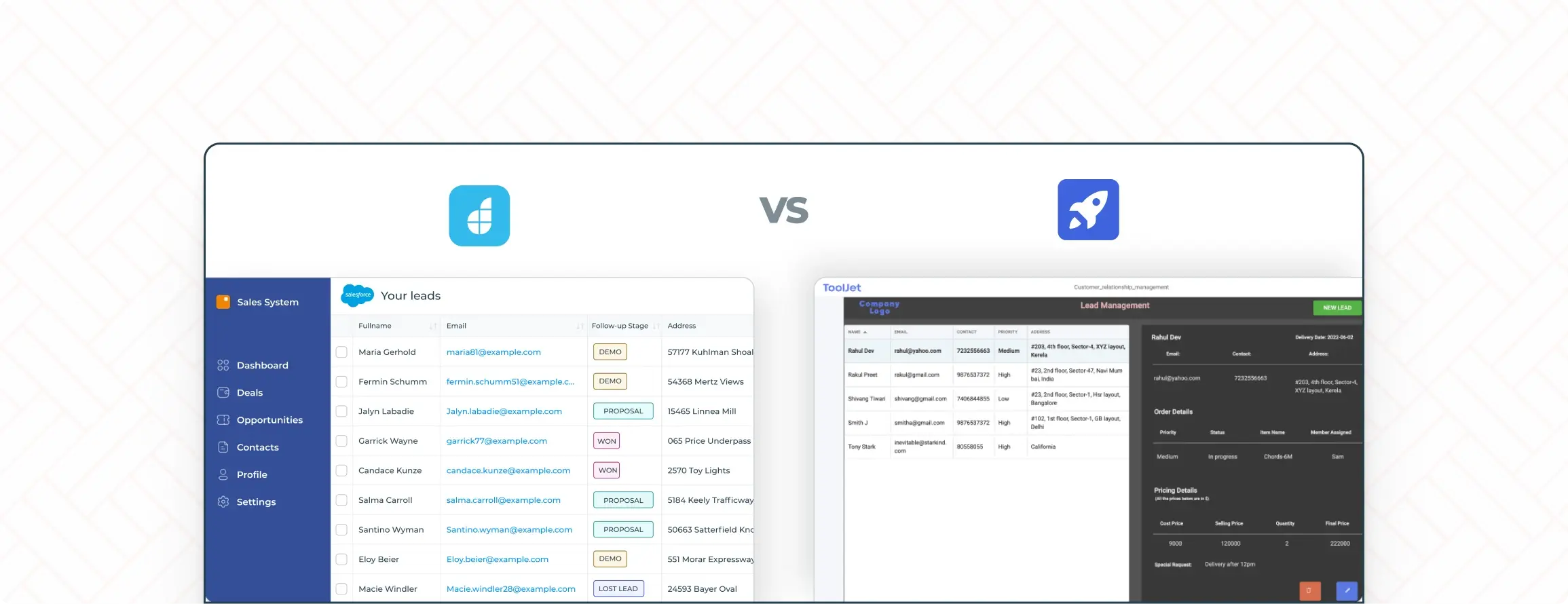

How Digital Transformation can be enabled with Low-code?
Digital transformation has been the hot topic in 2020 but in 2021, you’re behind the curve if you haven’t talked about the strongest pillar of digital transformation – democratizing app development (citizen development).
Owing to a global shift in workspace, from CIOs and developers to line of business heads and field executives, everyone has realized the importance of mobilization of work and the urgency to automate slow-moving manual processes. The rapidly rising demand for new software is far more than the IT’s capacity. Everyday more and more businesses are realizing just how frail manually driven or outdated legacy systems can be. This growing realization has increased the importance of agile framework and real-time cloud-based apps.
Democratization essentially means giving increased access to technology to more people. By democratizing application development, businesses can widen the pool of development resources and shorten the time to market.
Low-code platforms provide the right blend of high-speed development with standard governance and security standards. This blend helps in the collaboration between IT and business developers to co-create powerful apps.
An intersection of technology and business suite
Gartner had put democratization of technology on the list of 10 strategic technology trends for 2020. It defined it as “easy access to technical or business expertise without long and expensive learning”.
Low-code technology brings a balance between the experience of the business and the expertise of the IT. By empowering the citizen developers to build applications for business, an enterprise can realize untapped potential already present in the workforce.
“Democratization is focused on providing people with access to technical expertise (for example, ML, application development) or business domain expertise (for example, sales process, economic analysis) via a radically simplified experience and without requiring extensive and costly training. “Citizen access” (for example, citizen data scientists, citizen integrators), as well as the evolution of citizen development and no-code models, are examples of democratization.
Through 2023, Gartner expects four key aspects of the democratization trend to accelerate, including the democratization of data and analytics (tools targeting data scientists expanding to target the professional developer community), the democratization of development (AI tools to leverage in custom-developed applications), the democratization of design (expanding on the low-code, no-code phenomena with the automation of additional application development functions to empower the citizen-developer) and democratization of knowledge (non-IT professionals gaining access to tools and expert systems that empower them to exploit and apply specialized skills beyond their expertise and training).”
Today, citizen developers are effectively combining legacy technologies with new technologies, and in turn are helping reduce the pressure on IT resources as those who understand the process best are empowered to create solutions without compromising security and governance.
No democratization without governance
Understandably, building new software is more than constructing from the ground up and more about re-purposing existing systems and databases to deliver highly interconnected tools. Every enterprise has existing digital assets, data that is valuable and functionality that is unique that needs to be protected.
The good news for CIOs is that enterprise-grade low code platforms come with risk and security controls built-in. CISO and CIO teams can vet the platform and setup right parameters and permissions for various user groups. Thus establishing a digital factory ready to roll digital solutions at speed. (Lowcode helps put security on autopilot/automate security) So, if the citizen developers are building simple forms for websites to exhaustive ERPs or CRMs, the policies and governance ensures compliance and security of your processes.
This built-in platform security can help organizations more readily give low-code in the hands of the business users to focus on creating more impactful solutions.
So, for instance, a manufacturing company may already have a data warehouse that contains daily sales information and an inventory database and so on. The key to enable unmatched business experience and establish new operation models is not by reinventing the systems from scratch but by connecting them and giving them more user-friendly interfaces such as a real-time dashboards that lets the backend systems speak with the front end.
Trending tech not far from reach
Mix and match is the name of the game. Low code platforms allow users to build apps from a plethora of pre-built components – form fields, app templates, automation recipes, database and API connectors – allowing them to deliver innovative solutions quickly by reassembling ready capabilities and taking them to market.
The crux of low code makes it easy for users to adapt and make apps that meet their needs in a more personalized way than their off-the-shelf and pricy alternatives.
Low-code platforms are also bringing new-age technologies like ML, AI, IoT, and VR to the reach of the business. As more business heads and data scientists come into contact with low-code, the rate of custom application delivery is going to go up.
Originally published at https://www.expresscomputer.in/




